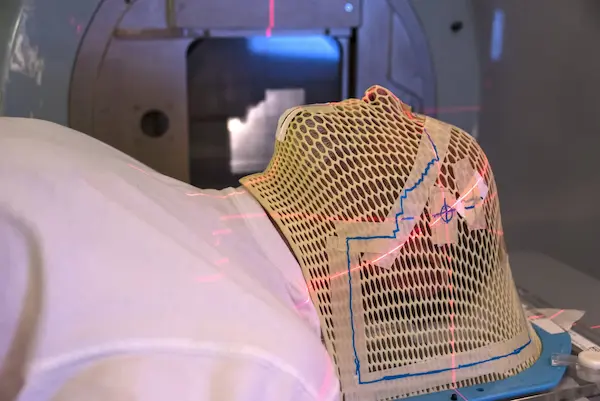Proton therapy is gaining momentum in India as an effective treatment for tough cancers. Unlike traditional radiation treatments, it utilizes high-energy protons to target cancer cells precisely while sparing healthy tissues. This article explores various ways in which proton beam therapy in India is revolutionizing cancer treatment and offering new hope to patients battling challenging cancers.
Precise Targeting and Minimal Side Effects: One of the primary advantages is its ability to precisely target tumours while minimizing damage to surrounding healthy tissues. Protons have a unique characteristic known as the Bragg peak, where they deposit most of their energy at a specific depth, limiting radiation exposure beyond the target area. This precision reduces the risk of side effects and complications, making it particularly beneficial for tumours located near critical organs or in paediatric patients.
Effective Treatment for Paediatric Cancers: Paediatric cancers pose unique challenges due to the delicate nature of growing tissues and organs. It offers a significant advantage in treating paediatric tumours, including brain tumours, sarcomas, and neuroblastomas. Delivering radiation precisely to the site minimizes radiation exposure to developing tissues and organs, reducing the risk of long-term complications such as growth abnormalities and secondary cancers. It improves survival rates and enhances the quality of life for young patients.
Treating Challenging Brain Tumours: It has demonstrated remarkable success in treating challenging brain tumours that are often resistant to traditional therapies. Due to the brain’s intricate anatomy and proximity to critical structures, precision becomes crucial. Targeting the tumour and sparing healthy brain tissue minimizes neurological damage and improves patient outcomes. It has shown promising results in treating gliomas, medulloblastomas, and other brain tumours.
Advancing Prostate Cancer Treatment: Prostate cancer treatment often requires careful consideration due to the proximity of the prostate gland to surrounding organs such as the bladder and rectum. Its ability to precisely target the prostate tumour while minimizing exposure to nearby healthy tissues significantly reduces the risk of urinary, bowel, and sexual side effects. It offers an effective and well-tolerated treatment option for prostate cancer patients, enhancing their quality of life during and after treatment.
Collaboration and Research: India’s centres actively collaborate with renowned international institutions, fostering research and innovation in cancer treatment. These partnerships facilitate knowledge exchange, clinical trials, and the development of novel techniques. The collective efforts of researchers and medical professionals aim to improve treatment outcomes, explore new applications, and enhance patient care. This collaboration ensures that patients can access the latest advancements in cancer treatment.
Increasing Accessibility and Affordability: With the establishment of multiple centres in India, the accessibility of this advanced treatment option is steadily increasing. As more centres are being set up, patients from different parts of the country have better access, reducing the need for extensive travel. Furthermore, advancements in technology and treatment protocols are making it more cost-effective, offering hope to patients who previously had limited options due to financial constraints.
Supporting Research and Advancing Techniques: India’s centres actively contribute to research and the development of advanced techniques in radiation oncology. By participating in clinical trials and collaborating with international experts, these centres strive to improve treatment protocols, refine dose delivery techniques, and identify new applications for proton therapy. This commitment to research ensures that patients have access to the latest advancements, innovative treatment options, and improved outcomes.
Conclusion:
Proton beam therapy in India is emerging as a powerful weapon in the battle against tough cancers. Its precision in targeting tumours, minimizing side effects, and improving patient outcomes make it a preferred choice for challenging cases, including paediatric cancers and brain tumours. Through collaborations and ongoing research, the centres are constantly evolving and pushing the boundaries of cancer treatment. As accessibility increases and costs decrease, more patients can benefit from this innovative therapy. It is undoubtedly beating tough cancers and offering new hope to patients on their journey to recovery.
Read Also: Understanding Superficial Radiation Therapy: How It Works and Its Benefits







